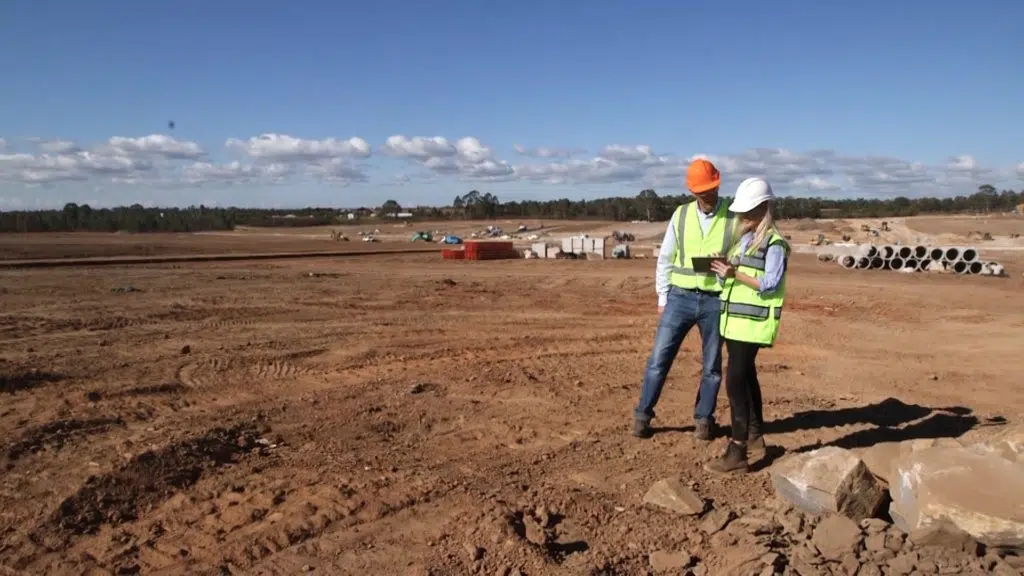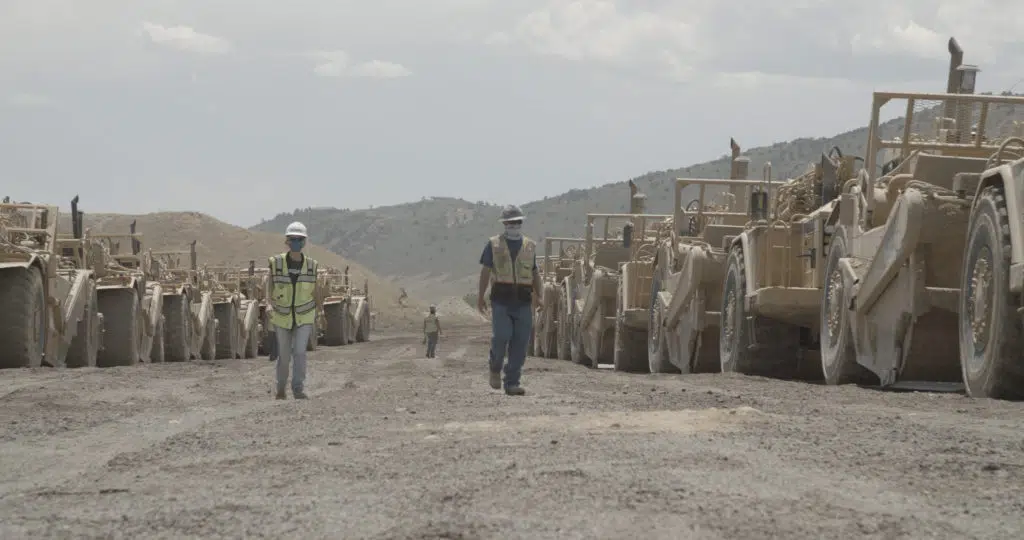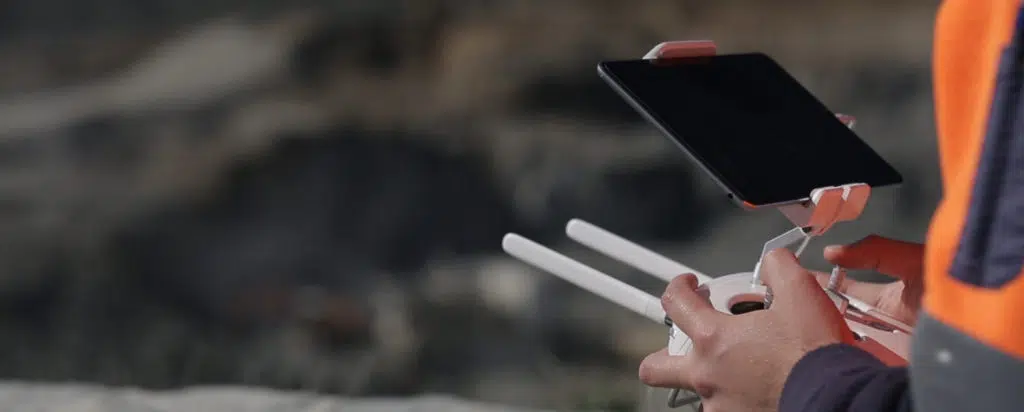3 Most Common Communication Challenges on Worksites (And How Tech Can Help)
Communication is an essential ingredient in making any construction project successful, and the stakes are especially high on worksites. Any misunderstanding or mistake could mean rework at best and safety issues at worst.
In fact, poor project data and miscommunication causes 52% of the rework on job sites. Imagine the boost to your business if you could cut rework in half, not to mention the other benefits of streamlined communication: higher productivity, fewer conflicts, and higher morale.
Strong communication on your worksites, informed by accurate real-time data, can help you avoid mistakes, keep workers safe, and stick to project timelines (and budgets).
In other words, solid communication helps set you up for success. But it isn’t always easy to achieve.
Here are the top three most common communication challenges we’ve seen on worksites, and the ways technology is helping to bridge the gap.

Communication Challenge #1: Team silos
Some of the most common communication breakdowns happen between office and field staff. Pagers and old-school clipboards have been replaced by text messages and Excel sheets—and while this makes it easier for managers and workers to stay connected, it’s not a perfect system.
Email and text solve the problem of trying to hear what’s said on a bustling, noisy job site, but communication silos persist. Multiple team members can read and respond to a message simultaneously. With data in several different places, there’s no way to quickly share relevant, up-to-date information with every team that needs it—especially when each team has a preferred communication method that other teams don’t share. Office staff might use Slack and Dropbox, but that won’t help field teams who rely on text and Google Drive.
When we surveyed over 80 contractors about their communication challenges, the most common answer we got was some form of: “Sharing up-to-date information between teams.”
They said things like, “The biggest challenge is getting the latest information in the hands of the people on site.” Or, “Not all teams are operating off the same info all the time. That creates a headache for me when I have to get everyone on the same page hours later.”
Without a single reference point, each team functions as an island. And in a fast-paced, constantly changing environment like a worksite, that’s a big problem. Client priorities change, resources are reallocated, and new survey data necessitates updated strategies.
Printed documents and even text and email can’t keep up with the speed of this information. It’s too easy for someone to be left off a thread or not to see a message until it’s too late.
That’s why we built Crew, an add-on to the Propeller Platform that functions as a bridge between the office and the field.
Office teams can create customized maps with design overlays (cut/fill, linework, design specs, etc.) and share them with field teams through browser-based maps. These maps can be viewed by anyone, on any device, so all teams share the same information without delay.

Communication Challenge #2: Too much information creates confusion
We’ve already touched on the challenges with data that lacks a centralized platform referenced by all teams. When teams can’t communicate effectively, someone has to track down all the disparate sources of data and condense them in ways everyone can understand. It’s easy to see how information gets lost or warped, leading to misunderstandings and miscommunication onsite.
Some studies indicate that up to 96% of engineering and construction data goes unused. This can happen for a number of reasons, including delayed notifications, lack of clarity, or simple misunderstanding about what the data show.
Consider traditional CAD software, which requires specialized training and licensing to interpret. Even the most accurate data is unusable by most teams until an analyst processes it.
Too much data also can overcomplicate projects, especially if staff on the receiving end get more data than they need to complete their work. Sifting through pages of information to find the few pieces they need wastes time and energy, and can overcomplicate simple tasks.
One option to reduce data overwhelm is to use Propeller’s View-Only Mode, a limited permission level you can grant your subcontractors, clients, and anyone else who needs to see just some of your worksite data. These users can see things you designate, like the most recent site maps, but can’t view details like measurements and design files.
Communication Challenge #3: Speed
Centralized communication is one piece of the puzzle. Speed is the other.
Speed is an issue that constantly plagues worksites, whether it’s lagging WiFi, lack of cellular connectivity, or time-consuming survey processes.
Downtime and delayed decision-making happen all the time in construction. Teams wait and machines sit cold while management physically commutes to a site—or waits on updated surveys—to approve next steps.
Let’s imagine that a survey manager is called to a site to conduct an updated survey with a base and rover. It might take them a day or two to walk the site, in addition to any downtime spent waiting for a gap in their schedule. By the time the survey data is processed and distributed, the site topography has changed and the data is already old.
While we can’t do anything about connectivity on very remote worksites, construction progress tracking software like Propeller solves the “hurry up and wait” problem with daily reports and progress tracking. Propeller processes drone data within 24 hours of a flight, so you don’t have to wait to understand what a survey reveals. It’s also as close to real-time as possible, with a cloud-based interface accessible by any user, on any machine.
Field teams can easily make updates and flag issues as they occur. They can also reference the intended design surface and get clarification where needed before continuing work. Office staff can respond quickly to questions and make better-informed decisions, and management can jump in to prioritize tasks and deploy teams as needed to meet client deadlines.

Centralized, speedy data makes communication a breeze
Construction progress tracking software like Propeller makes it easy to eliminate data silos, communicate project status, make well-informed decisions, and relay any change requirements to field teams—all with near real-time speed.
And since data is only as good as its timeliness, speed is everything.




